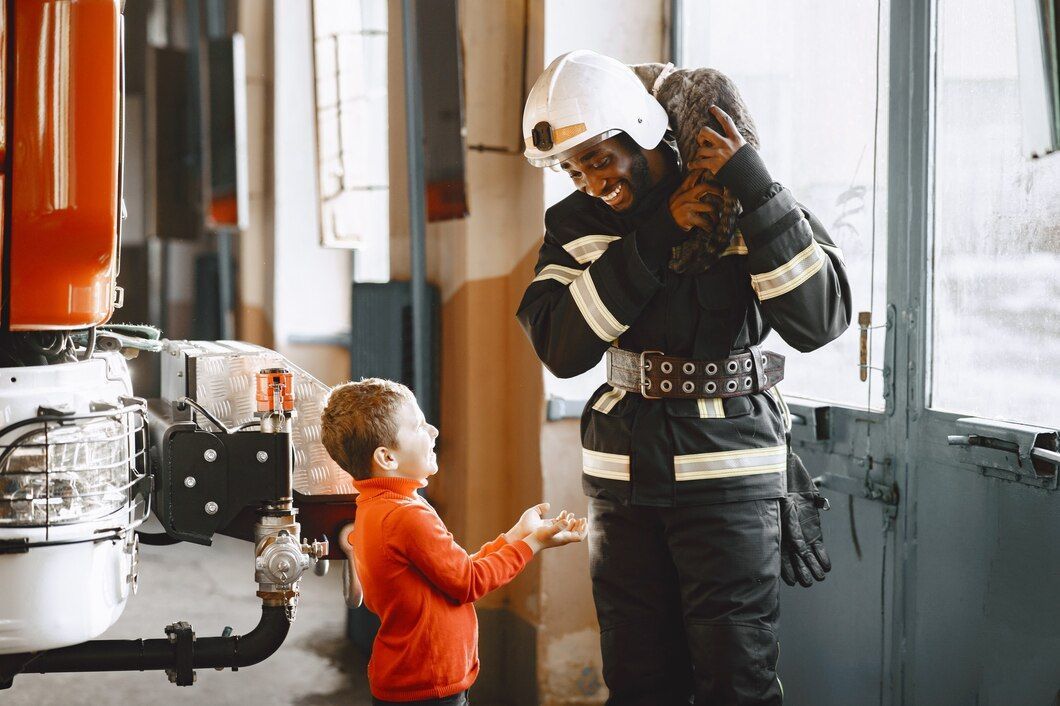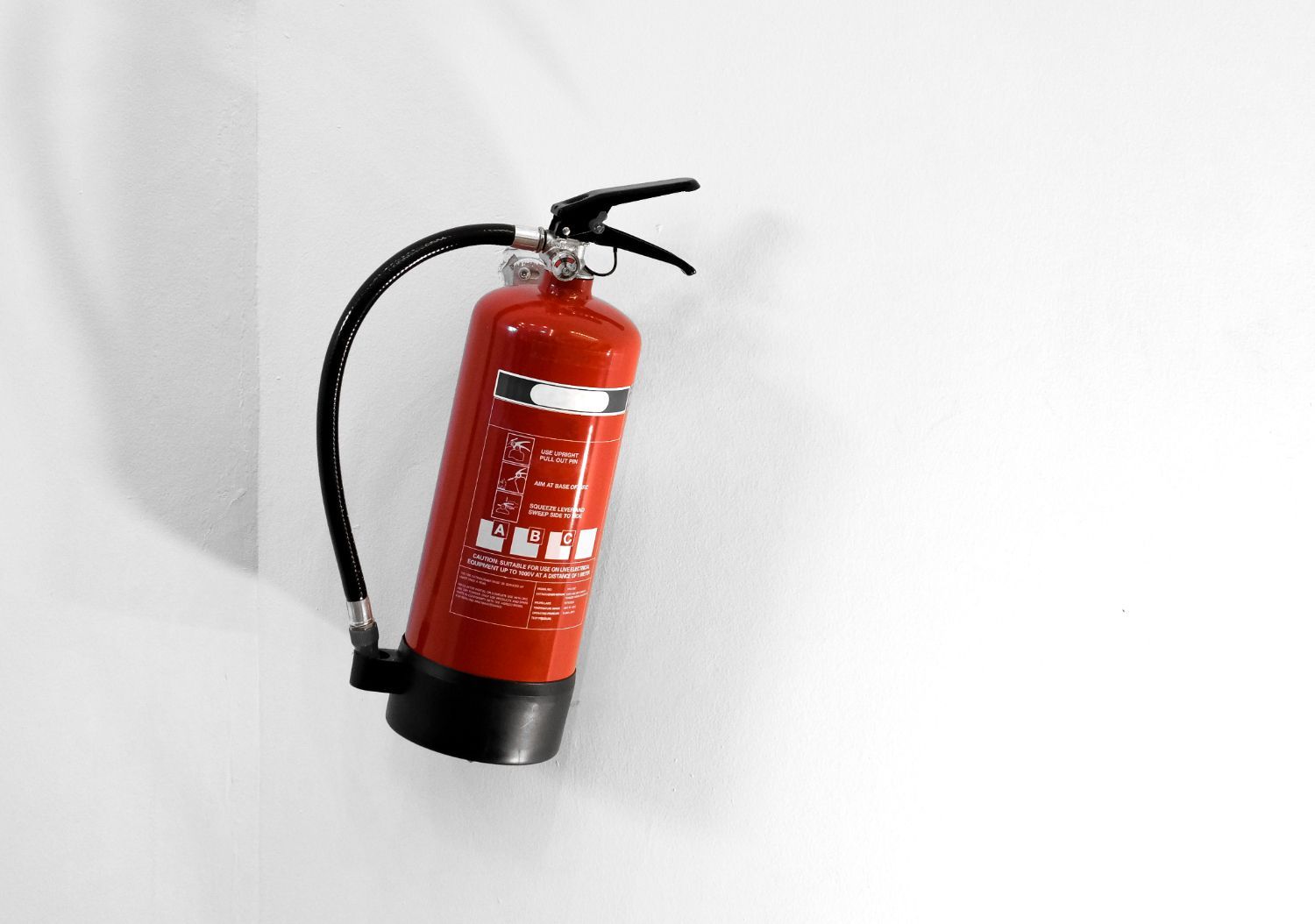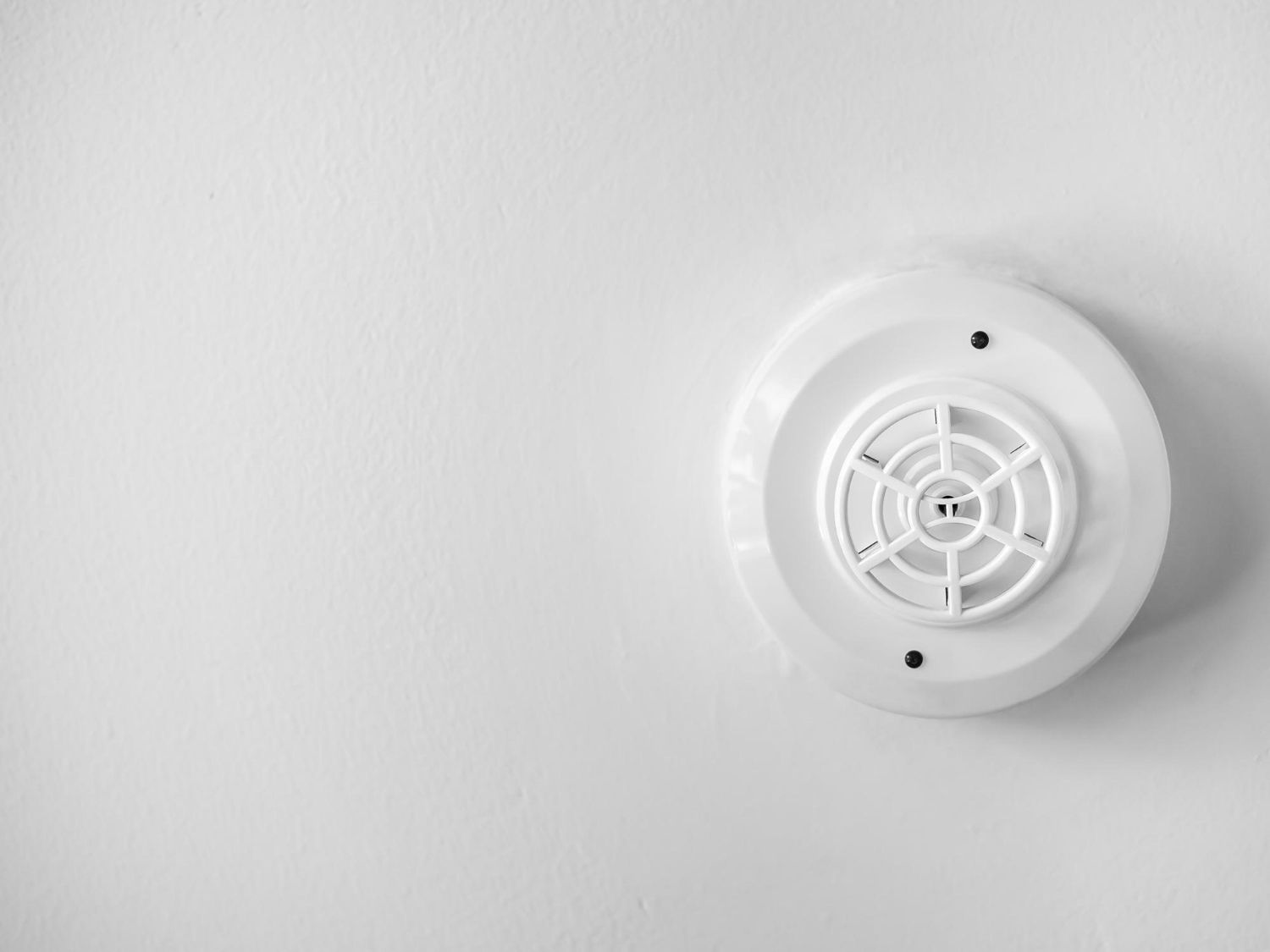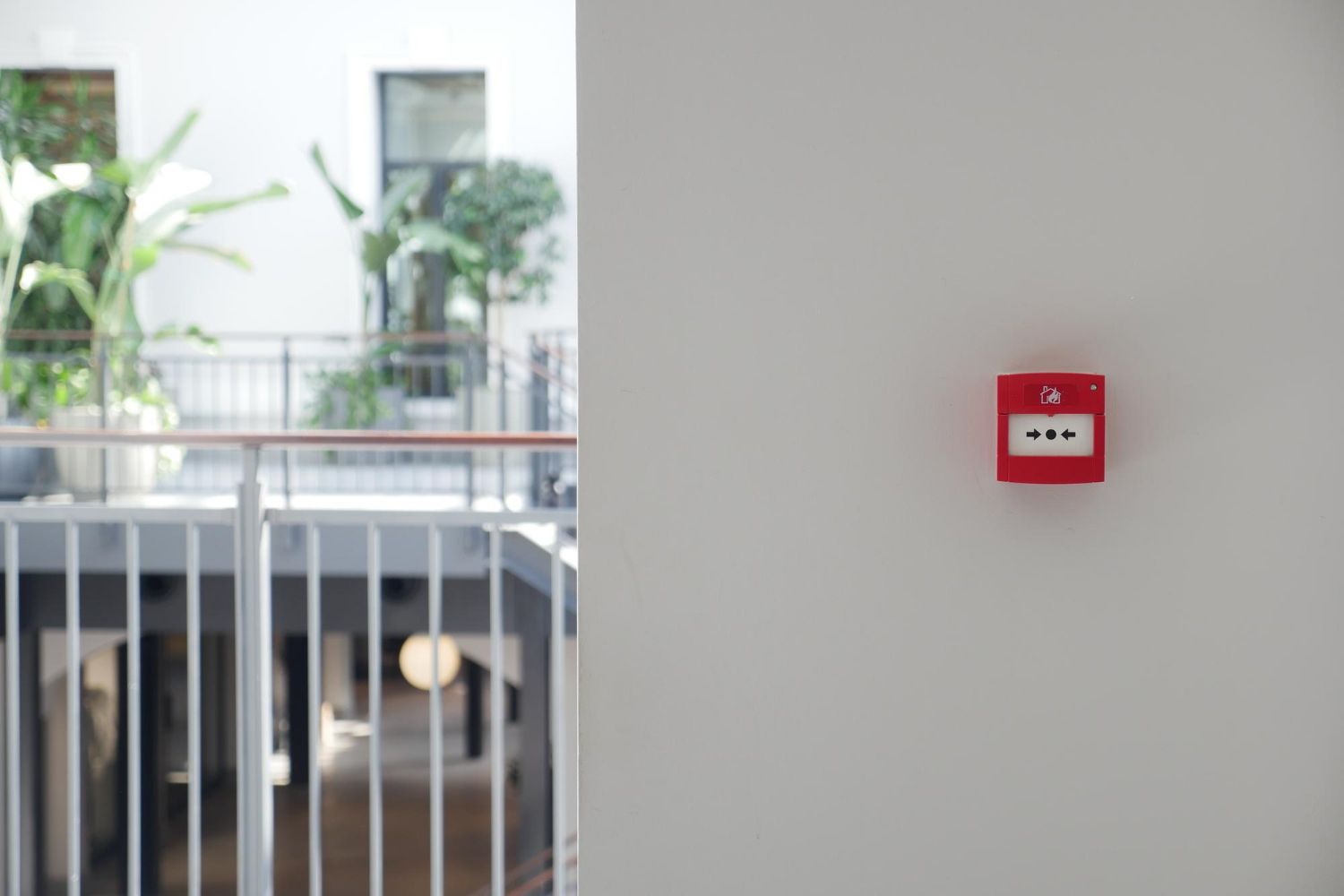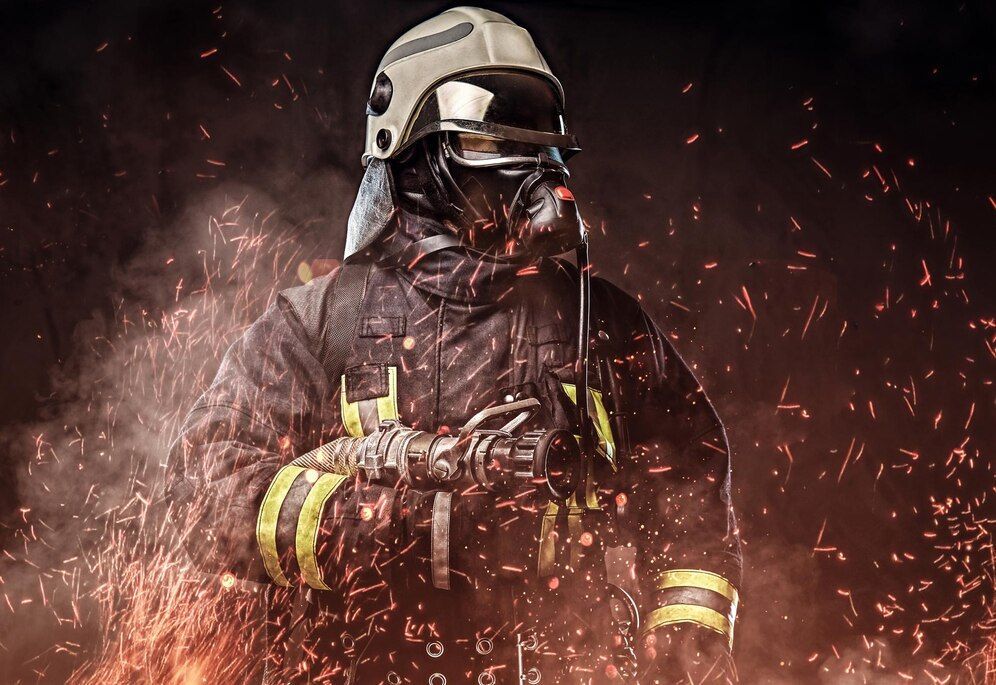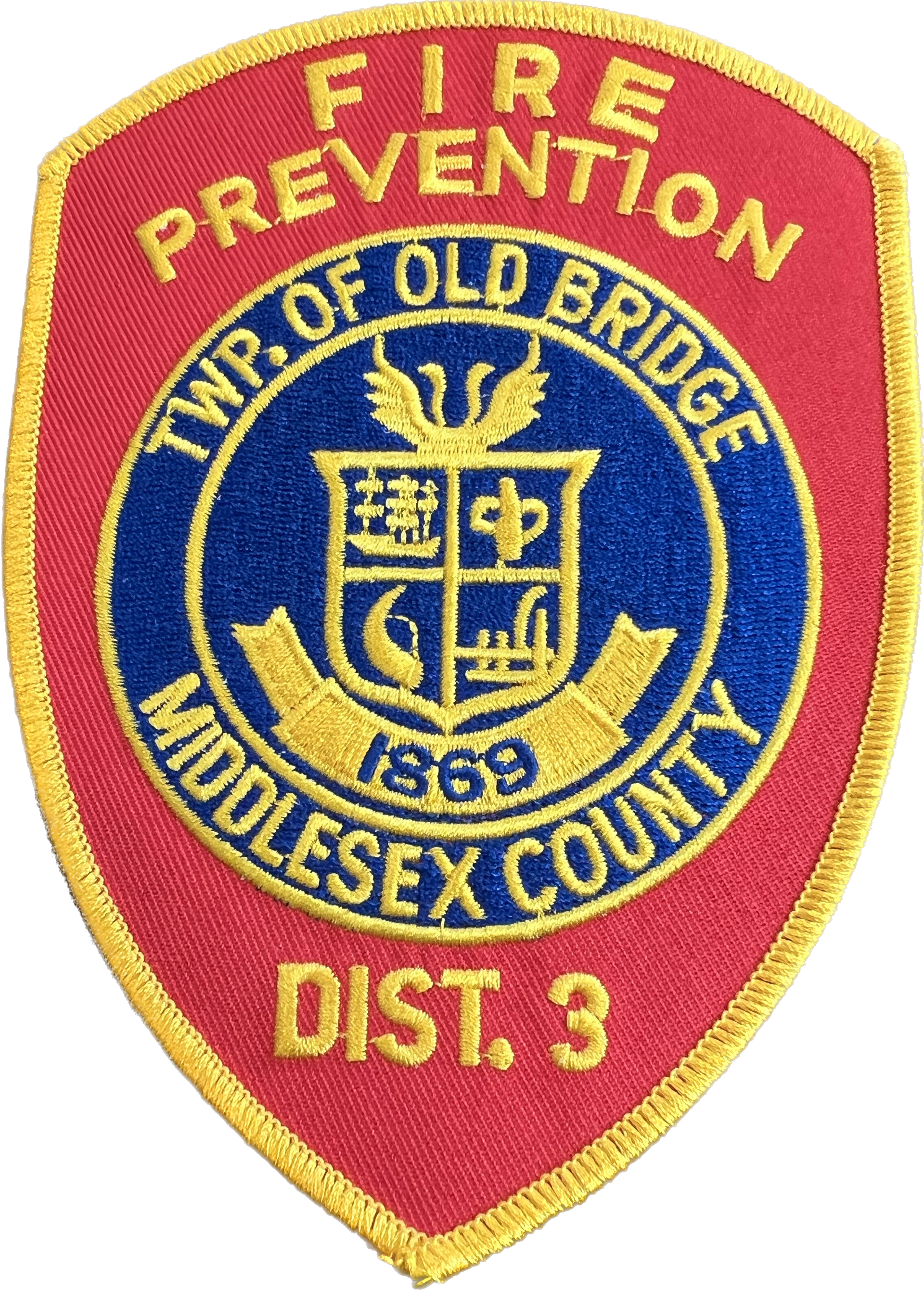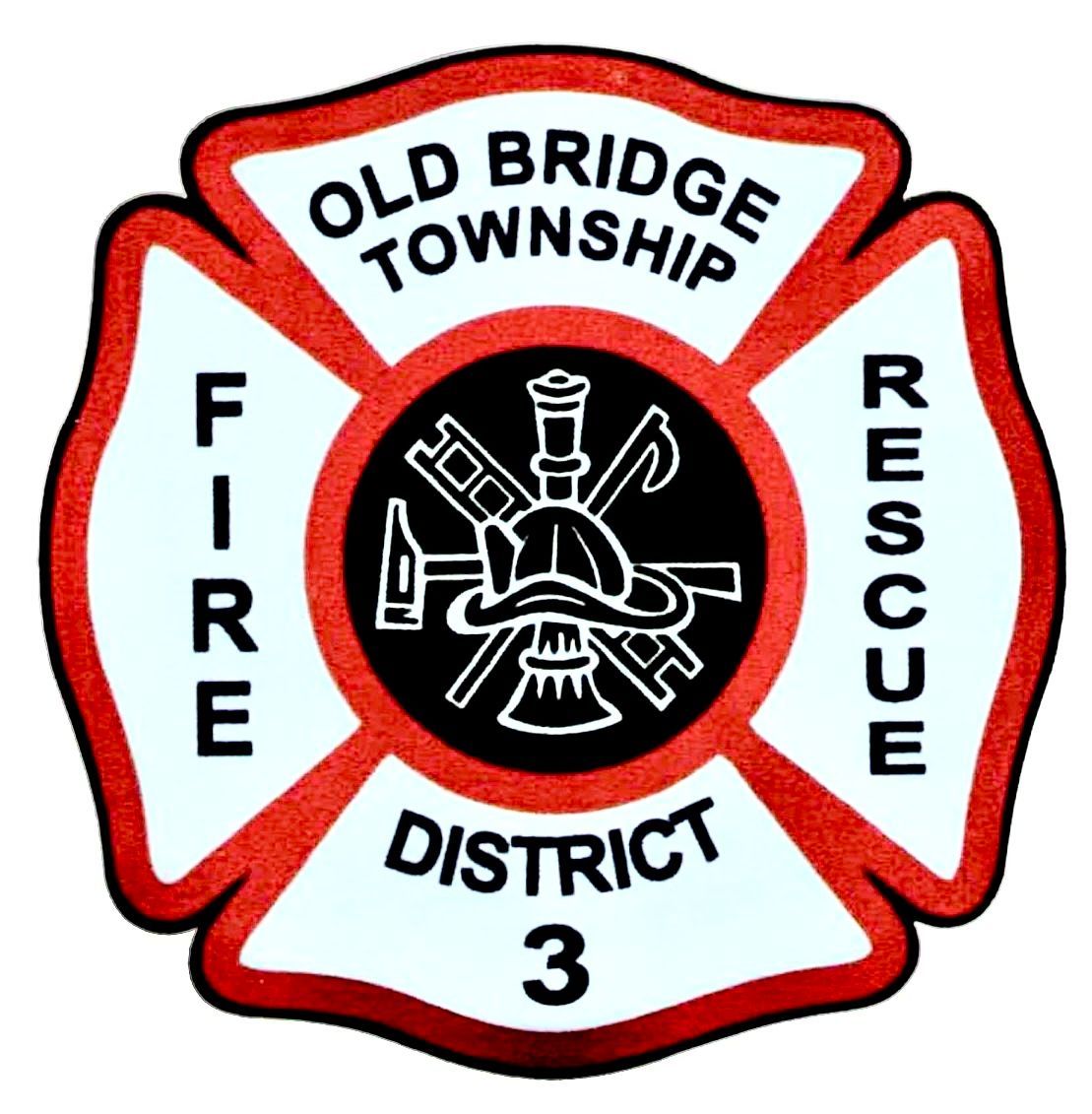Seniors and Fire Safety: A Comprehensive Guide to Protecting Our Elderly Community
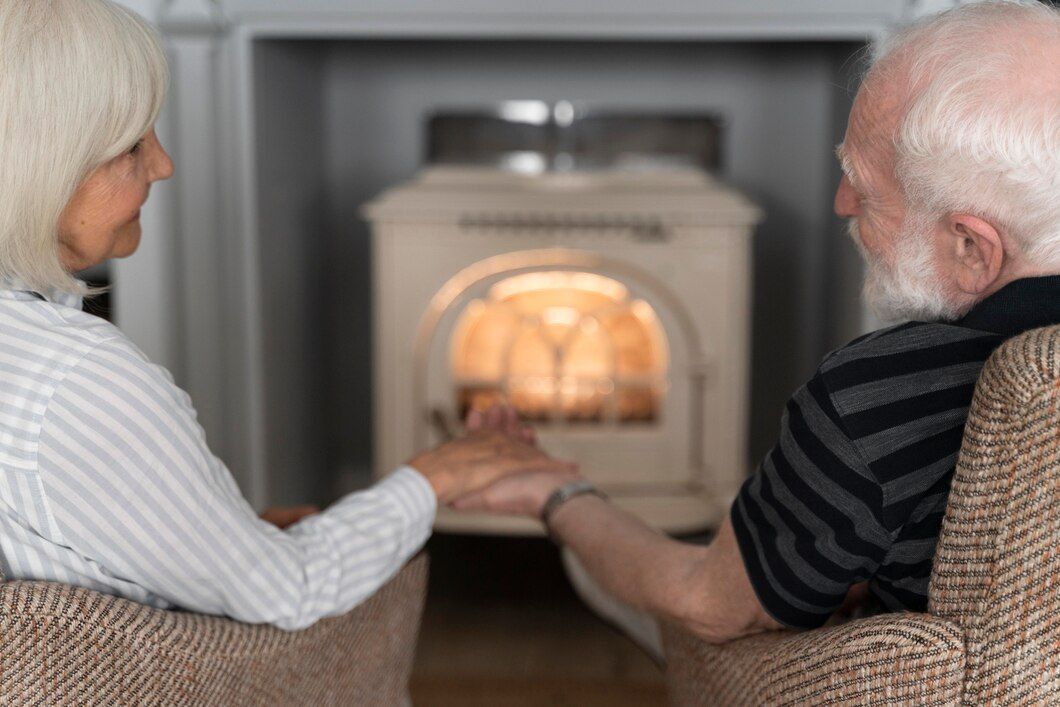
As a community committed to fire protection and public education, we recognize the importance of addressing the unique fire safety needs of our older population. As members of our community age, the risks associated with fires can increase, making it vital for seniors, their caregivers, and family members to prioritize and adapt fire safety practices accordingly. By crafting a thorough blog post concentrating on seniors and fire safety, we can empower our elders and those caring for them with invaluable information and strategies specifically tailored to older community members.
Our Seniors and Fire Safety Guide will provide key insights into various aspects of fire safety that directly concern our older population. We will discuss the importance of installing and maintaining smoke alarms in senior-friendly locations. Additionally, we will explore the development of personalized fire escape plans that take into account any disabilities or challenges that seniors may face, ensuring they have the best chance to safely evacuate in the event of a fire.
Furthermore, as technology continues to evolve, there are increasing numbers of devices available to assist seniors in fire prevention tasks. We will examine various technologies and resources that can provide invaluable support to seniors and their caregivers in maintaining a safe home environment.
1. Smoke Alarms: Placement, Maintenance, and Accessibility
Smoke alarms are a key element of fire safety, providing early warnings that can save lives. For seniors, it's vital to ensure alarms are installed in strategic locations, well-maintained, and easily accessible. Here are some crucial guidelines:
- Proper Placement: Install smoke alarms in every bedroom, outside each sleeping area, and on every level of the home. Additionally, place alarms in areas that are easily reachable by seniors or their caregivers, such as at waist height or lower.
- Regular Maintenance: Check and replace smoke alarm batteries at least once a year, or consider investing in alarms with long-life batteries. Ensure that alarms are tested monthly to confirm they're functioning properly.
- Visual and Auditory Aids: For seniors with hearing impairments, install smoke alarms with strobe lights or vibrating features to provide alternative alerts in case of a fire.
2. Creating a Personalized Fire Escape Plan for Seniors
A personalized fire escape plan can better accommodate the unique challenges seniors may face during an evacuation. Consider the following components when developing a tailored escape plan:
- Individual Needs: Assess potential mobility or sensory limitations and incorporate them into the plan. For example, a visually impaired senior may benefit from tactile markings along escape routes.
- Clear and Accessible Routes: Ensure all designated escape routes are free from clutter and equipped with any necessary support aids, such as grab bars or non-slip stair treads.
- Designated Support Person: Assign a family member, neighbor, or caregiver as a support person to assist the senior during an emergency evacuation, ensuring they understand their role in the fire escape plan.
- Regular Practice: Rehearse the fire escape plan regularly, accounting for potential changes in seniors' abilities and modifying the plan accordingly to maintain its effectiveness.
3. Fire Safety Tips Tailored to Seniors' Needs
To further reduce the risk of fire-related incidents, it's essential to adopt specific fire safety practices catered to seniors' unique requirements. Consider the following recommendations:
- Promote Kitchen Safety: Encourage seniors to avoid loose-fitting clothing while cooking, implement a "no distractions" rule in the kitchen, and store an easily accessible fire extinguisher nearby.
- Minimize Electrical Hazards: Help seniors manage electrical cords by avoiding the overuse of extension cords and utilizing power strips where necessary. Ensure all cords are in good condition, without any fraying or exposed wiring.
- Safe Heating Practices: Position space heaters at least three feet away from flammable materials and use models with automatic shut-offs in case they tip over. Confirm that built-in heating systems, such as furnaces and fireplaces, are regularly cleaned and inspected.
- Preventative Measures for Smokers: Encourage seniors who smoke to do so outside and provide large, deep ashtrays to minimize the risk of discarded smoking materials igniting a fire.
4. Embracing Technology and Resources for Enhanced Fire Safety
The advancement of technology has led to numerous invaluable fire safety resources designed to support seniors. A few notable options include:
- Automatic Stove Shut-off Devices: These devices detect unattended cooking and automatically shut off the stove, reducing the risk of kitchen fires.
- Bed Shakers: For seniors with hearing impairments, these devices connect to smoke alarms and shake the bed to alert the individual of a fire.
- Wi-Fi-Enabled Smoke Alarms: These smart alarms send notifications to connected devices, alerting both seniors and caregivers of potential fires, even when they are away from home.
- Voice-Activated Assistants: Utilizing voice-activated assistants like Amazon's Alexa or Google Home can help seniors contact emergency services and loved ones during a fire-related incident if they are unable to physically reach their phones.
Prioritizing the Fire Safety of Our Valued Seniors
The unique fire safety needs of seniors make it essential for our community to address these concerns proactively. With focused efforts on proper smoke alarm use, personalized fire escape plans, tailored safety tips, and leveraging modern technology, we can help protect our elderly community members from the risks associated with fires.
As we continue to enhance our
fire prevention services and public education initiatives, our community must prioritize the wellbeing of our senior population. Together, we can reduce the impacts of fire hazards and create a safer, more secure environment for our elderly community members and their caregivers to thrive.
Help protect our elderly community members by sharing the Seniors and Fire Safety Guide with those who care for our valued seniors.

